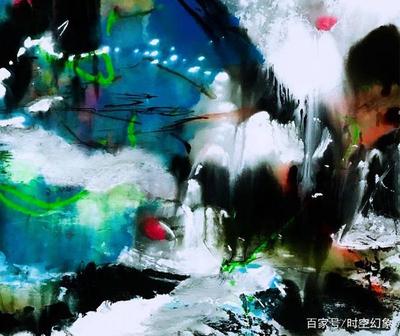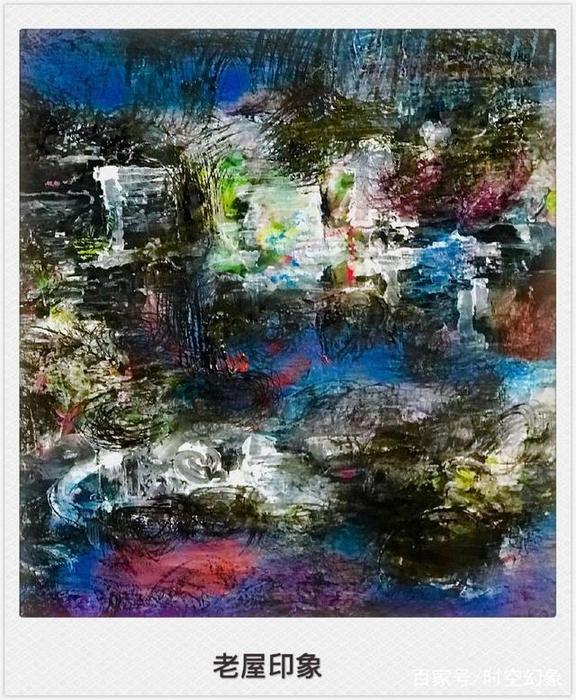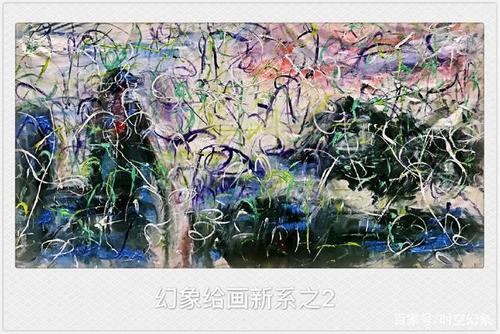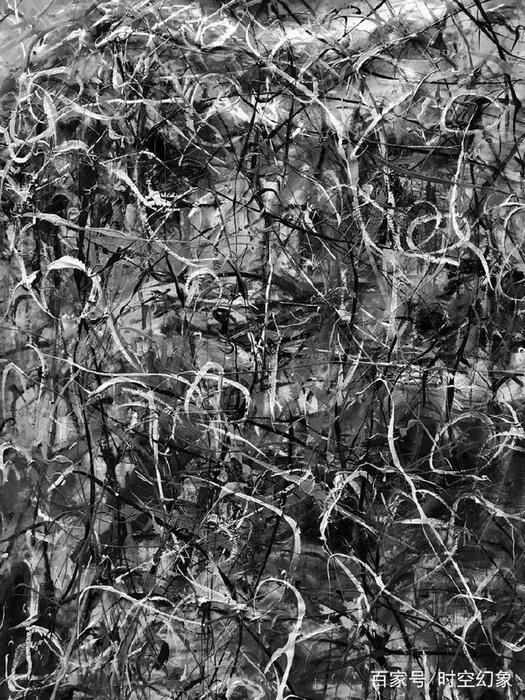Interview with Liu You Bureau: The "Clear Rules" and "Dark Rules" of Art
Reporter: Hello Mr. Liu, last year a cloud reporter interviewed you and talked about how you "organized" your art exhibition in the Western Art Palace. I remember you only said, "I really don't like this Chinese style of thinking. I brought up this topic again today, aren't you unhappy?
Liu: It is natural for painters to hold art exhibitions, and it is also a question of what kind of academic level an artist is "active" in. No Western art master has become an art master without passing the "academic test"! The venue for this "academic test" is an art exhibition hall, which kind of exhibition hall and whose works are exhibited reflect the relationship between the exhibition hall and the artist's "academic interaction". Why can the Museum of Modern Art in New York, the Pompidou Art Center in France, and the Tate Museum of Modern Art in the UK become the world's most influential "three major exhibition halls" in contemporary times. Because after setting the threshold, they strictly follow the "clear rules" to operate. These exhibition halls have strict standards for the exhibition and collection of works by living artists, in addition to collecting the works of historically determined art masters as a fixed display. These exhibition halls all have high-level expert teams who strictly control the artistic quality of exhibition works. Why do artists from all over the world want to go to these exhibition halls for exhibitions? Because once they enter, the artist gains a high artistic positioning and his works may be invaluable.
Reporter: The Louvre, the British Museum, and the Metropolitan Museum are known as the three most famous museums in the world, while why does China's Forbidden City not have such a high status?
Liu: After the European Renaissance, almost all the works of Western art masters were collected by the Louvre. The most famous work of European Renaissance flag bearer Leonardo da Vinci, the Mona Lisa, was collected in the Louvre. The collection and quality of Louvre art are known as half of the "Western Art History". Many art schools in Europe have the "Louvre Art History" program, and the British Museum and the Metropolitan Museum have a comprehensive collection of their art and antiquities, It is unparalleled by any museum in the world, and it can be said that these three major museums "treasure" the entire "civilization" history of humanity. Although the Forbidden City Museum in Beijing has a long history, it seems not specialized enough from an artistic collection perspective. As the imperial palace of the Ming and Qing dynasties in China, it provides a chilling "living microcosm" of the imperial era.
Reporter: Why hasn't there been a "birth" of art museums like Europe in China, not only from classical to contemporary times?
Liu: This is closely related to the history of human development and civilization. Our ancestors, to this day, may have given more consideration to "immediate interests". The establishment of a country's "historical and cultural system" must follow the persistence of "consistency" in order to form a profound cultural accumulation. Far from it, the destruction of ancient artifacts during a certain period in our country is unprecedented. History will naturally draw conclusions about who has become the eternal culprit of "destroying the ancient". Therefore, we strongly agree with Mr. Ba Jin's proposal to build a "Museum of a certain period" to "keep this as a warning" and constantly alert future generations.
persistence of "consistency" in order to form a profound cultural accumulation. Far from it, the destruction of ancient artifacts during a certain period in our country is unprecedented. History will naturally draw conclusions about who has become the eternal culprit of "destroying the ancient". Therefore, we strongly agree with Mr. Ba Jin's proposal to build a "Museum of a certain period" to "keep this as a warning" and constantly alert future generations.
After liberation, China built many art galleries, but these galleries almost did not establish a sound "art system" and did not respect the laws of art. Even with corresponding academic barriers, they were often broken by power, money, and relationships under the operation of "hidden rules". Some art museums have almost become "cultural brothels" in order to survive, and with money, they can become "Duns Tower"!
Establishing a "cultural system" that respects academia is more important than building a magnificent "cultural facility"!
Unfortunately, who will implement these?
Appreciation of Liu Youju's Works












